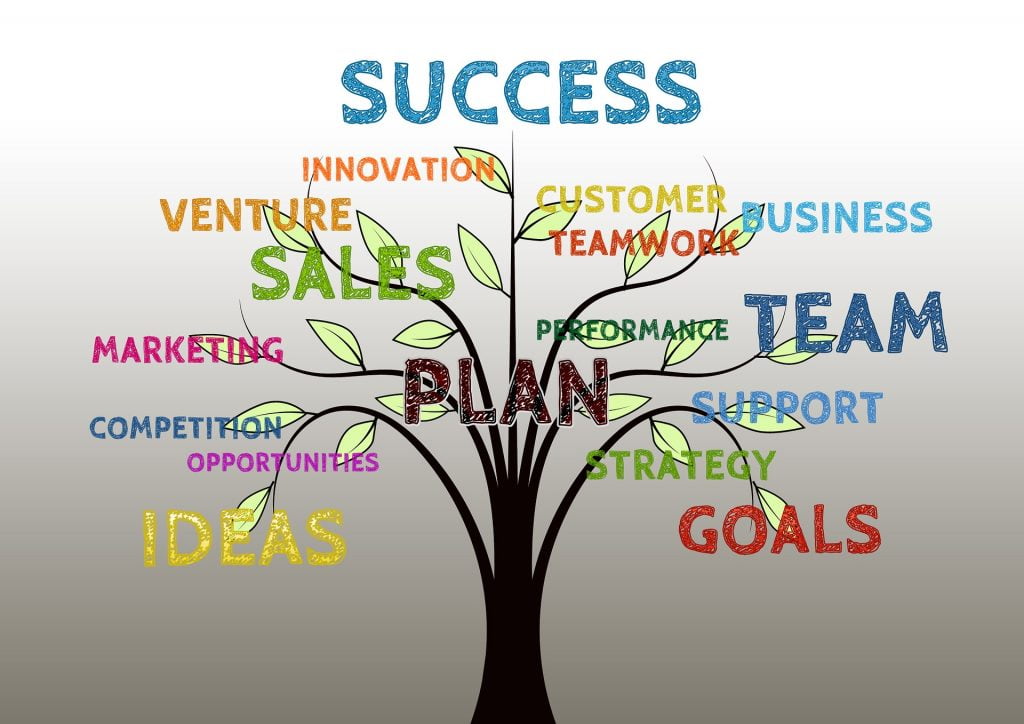A strategy means, a smart way of determining and accomplishing goals and objectives. In this chapter, we discuss some key areas about strategies in the business context. This consists of, an introduction about strategy, elements of strategy, perspectives of strategies, and finally, levels of the strategies. What is a strategy? Simply a strategy can be defined as performing different activities, from competitors or performing the same activity in a unique way from the competitors. And also, Henry Mintzberg defines this as a form of a stream of decisions. According to Hitt, a strategy is a combined and synchronized set of commitments and activities designed to exploit fundamental competencies and increase a competitive advantage over others. Moreover, (Nicolaj, 2019) states strategy as a distinguishing array of interdependent choices that address certain questions.By considering all the above definitions about this term, there can be seen efforts to accomplish sustainable competitive advantage by preserving what is distinctive about an organization Elements of strategy There are mainly four elements and. It includes, An objective to achieve Where to compete (product, customer, Geography) Value proportion Source of competitive advantage Perspectives of strategies When considering about perspectives of strategies, there are the normative perspective and the descriptive perspective. From a normative perspective, the S is recognized as a science and developed purposefully step by step. And when it comes to descriptive perspective, it is recognized as an art. It emerges situational and does not develop purposefully. And also, creativity and imagination are used in descriptive perspective. Levels of strategy there are 3 levels such as corporate-strategy, Business-level









